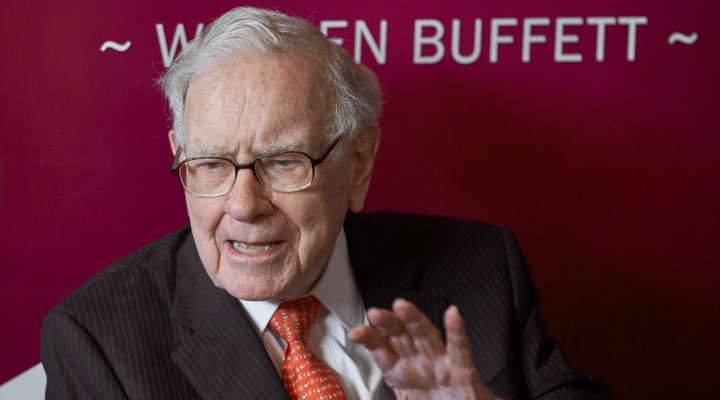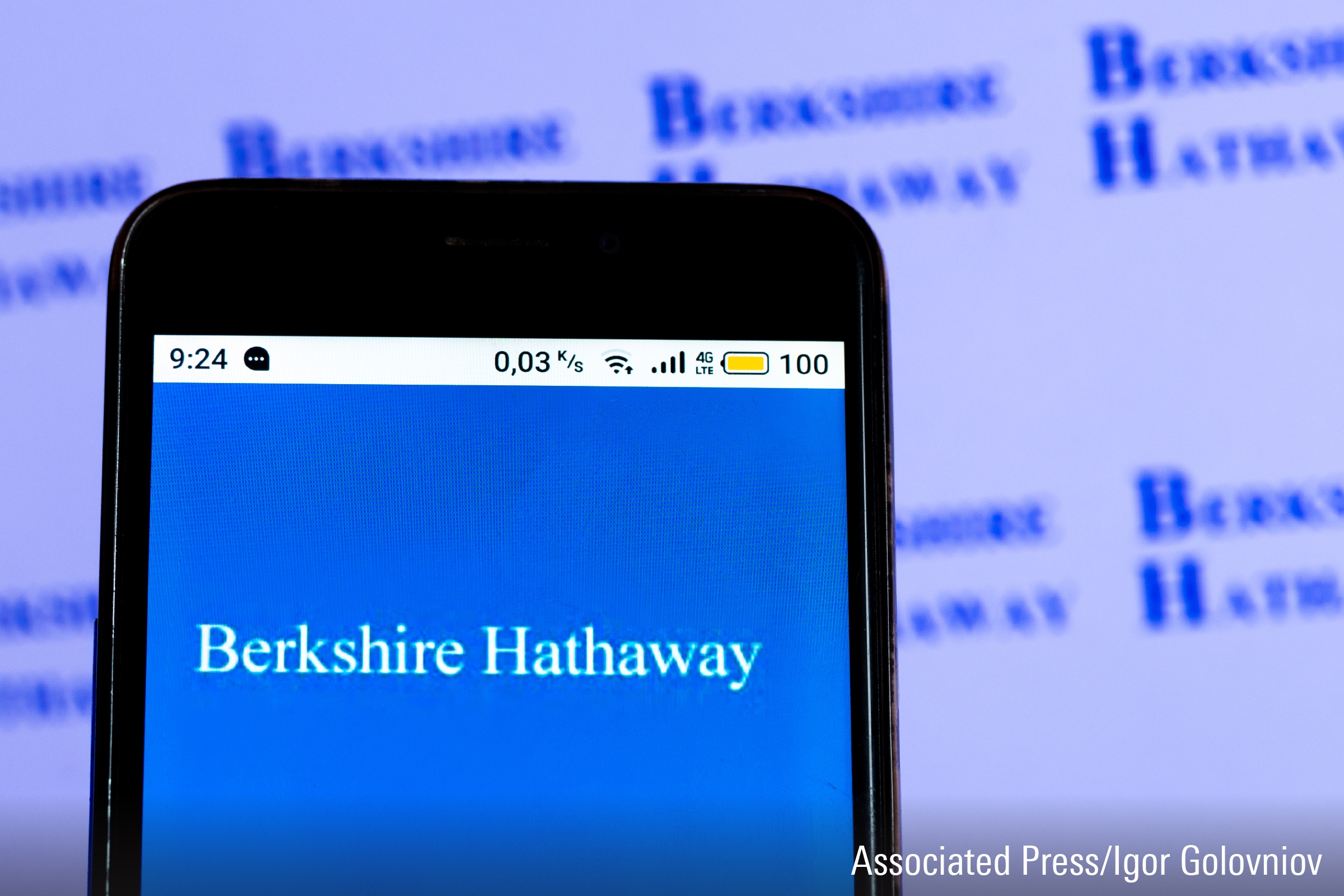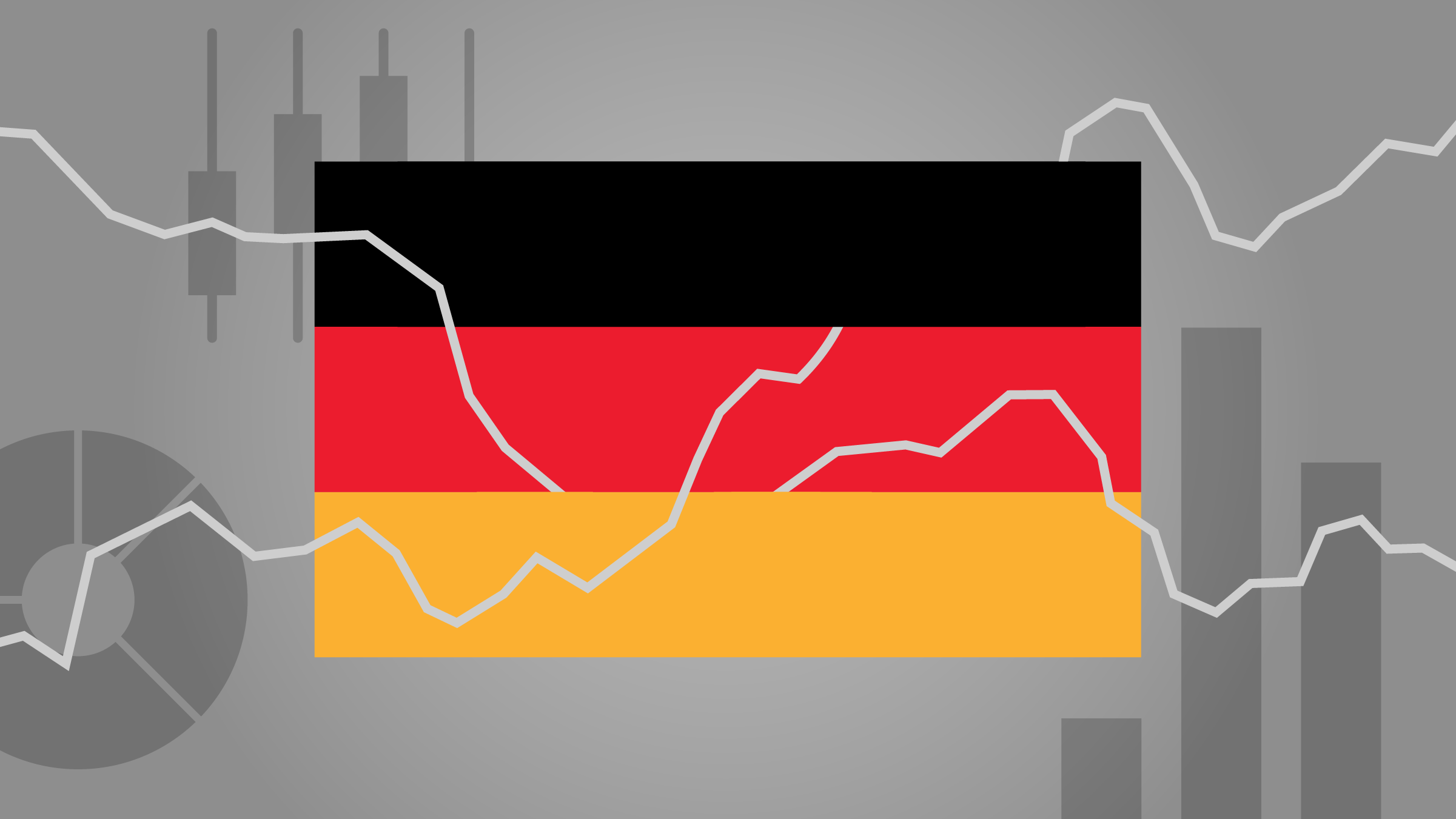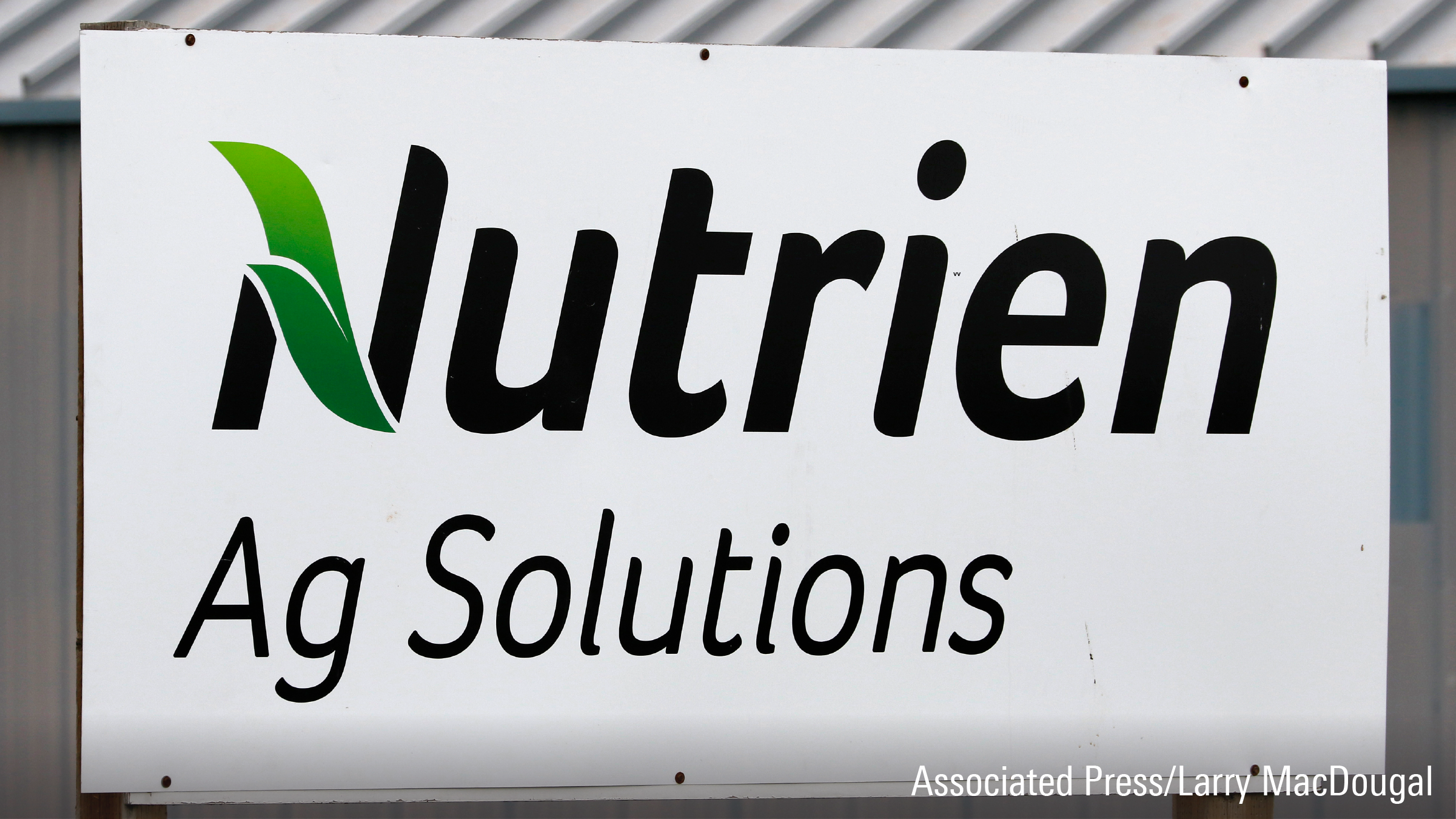
As Berkshire Hathaway’s BRK.A/BRK.B annual meeting draws near, we have compiled some insurance-related questions focused on Geico’s competitive positioning as well as price hardening in the property-casualty and reinsurance markets.
We’ve also put together questions on BNSF’s reluctance to adopt precision scheduled railroading, Berkshire Hathaway Energy’s push to scuttle its coal and natural gas generation capacity by 2050, bolt-on deal potential for Berkshire’s manufacturing, service, and retailing segment, and other cash management priorities – especially as they relate to ongoing capital allocation and distributions to shareholders.
1. Why has Geico’s Performance Been so Poor?
During 2018-22, Geico generated average annual earned premium growth of 5.1%, despite generating negative 1.3% earned premium growth in 2020. However, its loss ratio went from 75.9% in 2012 to as high as 93.1% during 2022, averaging 81.9% the past five calendar years. Geico has tended to use a blunt-force approach to its underwriting, pursuing growth more aggressively than peers and at times showing a willingness to absorb higher loss ratios as it maximised its expense ratio edge (around 800 basis points below the industry average).
Geico’s loss ratio was abnormally high not only last year (owing to cost inflation and supply shortages in the U.S. automotive market) but during 2016-17, when the company was aggressively underwriting while many of its peers pulled back from the market in response to escalating claim severities and losses. Geico’s expense ratio also took a hit during 2020-21 as it dealt with depressed earned premium growth as a result of policy rebates/credits and cancellations tied to the pandemic. This lowered the company’s combined ratio to 96.0% on average during 2018-22, more on par with Allstate and Travelers than with Progressive. On top of that, Geico has seen its market share (based on premiums written) stagnate at around 13.8% on average during 2018-22.
Progressive, Geico’s closest competitor in the direct-selling channel, generated earned premium growth of 13.4% on average the past five years in its direct-to-consumer private auto insurance arm and produced a combined ratio of 92.9% on average. Its overall private auto insurance business (which includes its agency operations) generated earned premium growth of 11.6%, with a combined ratio of 91.8% on average, during 2018-22. And Progressive has seen its market share expand from 11.0% in 2018 to 14.1% last year.
Why have the operating metrics between Geico and Progressive diverged so much of late, when both are focused more heavily on direct-to-consumer sales and had for many years been fairly comparable on a growth and profitability basis? Does it concern you that Geico’s share has stagnated in a period when Progressive has been picking up ground, closing 2022 as the second-largest personal auto insurance underwriter in the United States? After all, Berkshire proudly touted Geico’s status as the second-largest auto insurer when it passed Allstate in 2013.
2. Can You Update us on Geico’s Telematics Offering?
The general view is that usage-based insurance technologies like Progressive’s Snapshot programme can provide more accurate assessments of the risks of individual policyholders, allowing insurers to better segment and price their risks by offering discounts to the safest drivers and charging those perceived to be riskier a more appropriate premium.
With Ajit Jain’s long record of assessing and pricing risk on the reinsurance side and Todd Combs having taken over supervision of Geico’s day-to-day operations, we are curious about their views on why the auto insurer has been so slow to implement telematics, given that more data and information can only enhance the underwriting process, leading to more profitable growth in the long run.
We understand that Geico’s DriveEasy program is available in 33 states plus the District of Columbia, but recent underwriting results aren’t what we would expect with telematics in the mix. Is this because the elevated level of claims severities is overcoming the benefit from telematics? Or is the telematics program is not implemented fully enough to produce a meaningful improvement in underwriting results? If it is the latter, how much longer do you think Geico will lag peers? Doesn’t it risk an adverse selection problem longer-term if its telematics offering continues to trail peers’?
3. Has BNSF Shot Itself in The Foot?
While BNSF has bested Union Pacific on volume and top-line growth during the past decade, it has trailed its main peer on a profitability basis. BNSF’s operating ratio has been 430 basis points worse than Union Pacific’s on average in the past 5-10 years, as well as 250 basis points poorer than the average of all of the other Class I railroads.
With all of BNSF’s peers having adopted precision scheduled railroading in one form or another, the expectation is that this outperformance in profitability could approach 650 basis points for Union Pacific and 530 basis points on average for all of the other Class I railroads (excluding Kansas City Southern, which was recently acquired by Canadian Pacific). This leads to the potential for Union Pacific and others to get more competitive on pricing, giving up some margin in order to drive share gains.
For more than five years, BNSF and Berkshire have said the railroad is in wait-and-see mode when it comes to PSR. With the gap in profitability widening, where is BNSF with PSR? What are the opportunities and drawbacks you see in the strategy? We know that the industry has gone into quiet mode on PSR following the East Palestine, Ohio, derailment and subsequent hazardous chemical spill and fire, not wanting to rankle the regulators who see PSR as being partly responsible for a decrease in rail safety the past several years. However, the strategy is still up and running at all of BNSF’s peers.
4. How Can BHE Retire All Its Natural Gas by 2050?
Berkshire Hathaway Energy’s 2022 corporate brochure noted that your "businesses are striving to achieve net zero greenhouse gas emissions by 2050 in a manner our customers can afford, our regulators will allow, and technology advances support", with plans to retire BHE’s remaining 14 coal units by 2049 and all natural gas units by 2050. How does BHE plan to close all of its natural gas units by 2050 and still provide reliable power to its consumers? With coal and natural gas off the table, BHE would have to rely more heavily on wind and solar power generation, which can be more intermittent in nature.
If we look at MidAmerican – which we assume is the operating model for BHE’s other utilities longer-term – natural gas accounted for just 3% of power generation owned and purchased in both 2005 and 2022, with all of the unit’s coal plant retirements the past 20 years covered primarily by the buildout of wind power. This led us to assume that the 3% natural gas generation capacity maintained by MidAmerican was the baseline required to serve as a backstop for its renewable energy generation capacity in its core retail electric markets.
5. Could US Utilities Consolidation Pick up Again?
In Berkshire’s 2020 annual letter to shareholders, you wrote that Berkshire Hathaway Energy "pays no dividends on its common stock, a highly unusual practice in the electric utilities industry. That Spartan policy has been the case throughout our 21 years of ownership. Unlike railroads, our country’s electric utilities need a massive makeover in which the ultimate costs will be staggering. The effort will absorb all of BHE’s earnings for decades to come. We welcome the challenge and believe the added investment will be appropriately rewarded."
BHE has benefited from being part of Berkshire’s larger consolidated tax return, as well as from not having to pay a dividend up to the parent company (most publicly-traded peers pay out as much as 60% of earnings as dividends annually). This has allowed the subsidiary to invest far more capital in renewables than it would have been able to on a stand-alone basis.
Given that a lot of other North American utilities don’t have the same level of financial flexibility as BHE does, let alone access to the amount of capital that Berkshire can bring to bear on the part of its subsidiaries, we wonder when we’ll start to see more consolidation in the utilities market in order to effect the massive makeover of our country’s electric utilities that needs to take place.
Is it a matter of valuation, or are there some other structural impediments that keep us from seeing the level of consolidation that needs to take place in North America? What would it take, in your view, for consolidation to pick up again? Do you agree with the belief of many industry participants that Berkshire will be one of five main consolidators of North American utilities over the next couple of decades?
6. What's Keeping Your Managers From Acquisitions?
One of the perceived advantages of being acquired by Berkshire is that operating under the conglomerate’s umbrella provides the management teams of the acquired companies with access to a ton of capital at what we assume are favorable rates.
However, we’ve not seen a lot of outright or bolt-on acquisition activity from Berkshire’s subsidiaries over the past 10 years, with the average annual outlay for acquisitions being US$2.6 billion and the average quarterly outlay being around US$650 million on average during 2013-22. In the past five years, Berkshire has spent less, with the average annual outlay for acquisitions being US$2.2 billion (around US$540 million on average quarterly). This for a company that generated US$24.0 billion in free cash flow annually on average during 2018-22.
In the manufacturing, service, and retailing segment, there was some expectation that the 2016 purchase of Precision Castparts (which had previously been a serial acquirer), as well as the 2015 purchase of Van Tuyl Group (which operates in a US auto dealership market that has been ripe for consolidation for some time), would lead to more deals over time. With Berkshire sitting on so much excess cash – the average amount of dry powder on hand the past five years has been around US$97 billion quarterly – it has been surprising to see so few deals being done. Granted, valuations have been less than desirable for many of the types of quality companies that Berkshire prefers to buy, but we expected more activity than what we’ve seen the past five to 10 years.
Is there anything structural or behavioural that keeping Berkshire’s managers (who aren’t named Warren Buffett, Charlie Munger, Greg Abel, or Ajit Jain) from pursuing acquisitions? Is there any hesitance to ask corporate for capital when they want to pursue a deal? Do you wish that they were doing more to pursue more bolt-on acquisitions? Do you think this may change now that Alleghany Capital is on board, given its penchant for pursuing deals more aggressively than perhaps Berkshire has done in the past?
7. How much Cash Are You Holding in Reserve?
While Berkshire’s large equity investment portfolio and bond holdings have generally been far greater than the company’s required insurance loss reserves, you have said you’d like to keep around US$30 billion in cash on hand as a backstop for your insurance operations. This is up from the US$20 billion figure that you had highlighted for many years before the pandemic. Given that the size of Berkshire’s insurance operations continues to expand, should we expect that cash reserve balance to continue to go up over time?
If we look at just cash and cash equivalents held by the insurance segment at the end of each quarter over the past five years, the average balance has been around US$71 billion, with a low of US$57 billion at the end of the first quarter of 2022 and a high of US$91 billion at the end of the fourth quarter of 2021. All of this was well above the revised threshold of US$30 billion that you have laid out for required cash reserves.
Also, while Berkshire’s total investment portfolio (excluding Kraft Heinz) covered loss reserves by 2.0 times at the end of last year, most of that coverage was coming from the equity portfolio, which covered loss reserves by 1.7 times at the end of 2022.
Have the insurance regulators ever discussed how much cash and cash equivalents they’d like to see Berkshire hold on its balance sheet, given the ever-expanding size of its equity investment portfolio?
By our calculations, cash holdings in the insurance operations have averaged 19% of loss reserves the past decade but dropped to 17% at the end of 2022 after the Alleghany deal. Raising the required cash reserves to US$35 billion would bring things more in line with historical levels, while a jump to US$40 billion would lift cash reserves to 22% of 2022 loss reserves but would likely eliminate the need for Berkshire to raise the level again in the near to medium term.
8. Do You Regret Your $150 Billion Cash Threshold?
At the May 2017 meeting, you told shareholders: "there’s no way I can come back here three years from now and tell you that we hold US$150 billion or so in cash or more and we think we’re doing something brilliant by doing it."
During 2018-22, Berkshire held cash balances in excess of $125 billion 11 times, in excess of US$135 billion four times, and in excess of US$145 billion three times. With the company generating US$6 billion in free cash flow quarterly on average during that time, it was only ever a few quarters away from hitting the US$150 billion threshold, unless Berkshire put capital to work in investments, acquisitions, and share repurchases.
As long as valuations are still inadequate for the publicly-traded and privately-held companies Berkshire prefers to acquire or invest in, making acquisitions and stock investments all that much harder to enact, the company seems to be stuck with share repurchases as the primary option for working down cash balances (especially with dividends off the table). This was exemplified by the commitment to an average of US$6.2 billion in quarterly share repurchases during 2020, US$6.8 billion in quarterly share repurchases during 2021, and just US$2.0 billion during 2022 when Berkshire finally found both stock investments and acquisitions to put capital to work in.
Knowing that Berkshire will likely have to find a home for US$28 billion to US$32 billion in free cash flow annually going forward via investments, acquisitions, and share repurchases in order to keep its overall cash balances below the US$150 billion mark, do you regret telling shareholders what you did in 2017?
9. Would Share Buyback Criteria Change in an Opportunities Drought?
While Berkshire was fortunate enough to find several different opportunities to put cash to work during 2022 – spending US$34 billion on stock purchases (net of sales), US$28 billion on bond purchases (net of sales), and US$11 billion on acquisitions (net of cash acquired) – there will be times when it has way too much cash on hand with few viable investment opportunities, and the repurchase price for the shares is above "Berkshire’s intrinsic value, conservatively determined" by you and Charlie Munger.
Would Berkshire consider buying back shares, even if it means paying prices at or above your calculation of intrinsic value, if it is the best option available to put money to work in order to keep the company’s cash balances from pushing out beyond the US$150 billion threshold discussed in May 2017?
Also, you recently noted that Berkshire’s principal insurance subsidiaries could (without prior regulatory approval) pay out as much as US$35 billion in dividends during 2023, an amount that we have always assumed also applies to share repurchases.
Could you see a time when Berkshire does commit that much capital annually to share repurchases consistently? What changed during 2022 that Berkshire’s dividend threshold jumped from US$22 billion on average during 2020-21 to US$30 billion for 2022 and then US$35 billion this year? Was it the increase in the cash reserves from US$20 billion to US$30 billion?
10. Explain The Disparity Between Your A and B Shares
We’ve seen a bit of a disparity between Berkshire’s Class A and Class B shares since October 2022. While the B shares have just 1/10,000th of the voting rights of the A shares, they hold 1/1,500th of the economic rights, so they should trade at 1/1,500th of the value of the A shares. Historically, you have encouraged investors to buy the B shares instead of the A shares whenever the latter shares are trading at more than a 1% premium to the B shares (and buy the A shares when the two share classes are at parity, given their superior voting rights).
In the past eight months, the A shares have traded at more than a 1% premium in five of those months, providing investors an opportunity to buy the B shares at a discount to the A shares and wait until the two share classes eventually return to their more natural trading differential. But during the fourth quarter of 2022, Berkshire itself bought back US$1.9 billion of its A shares and only US$926 million of its B shares.
We understand Berkshire’s priorities are different from most investors', as the goal of management should be to prioritize buybacks of A shares over B shares (given the superior voting rights of the A shares). However, it appears that Berkshire is missing an opportunity to secure shares at a deeper discount by not buying back B shares more aggressively at times like this. Do you still stand by your recommendation for investors to buy B shares instead of A shares whenever the latter are trading at more than a 1% premium to the B shares? If so, how does this work into your calculations when buying back stock for Berkshire’s own book?




















